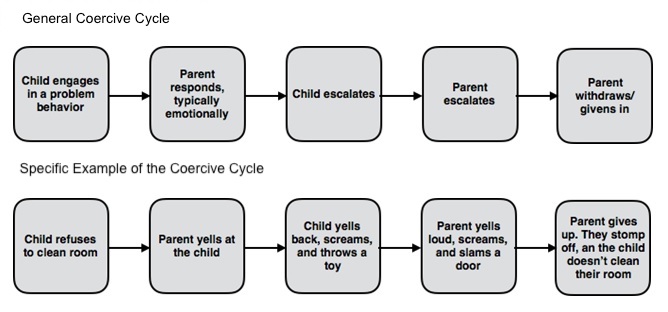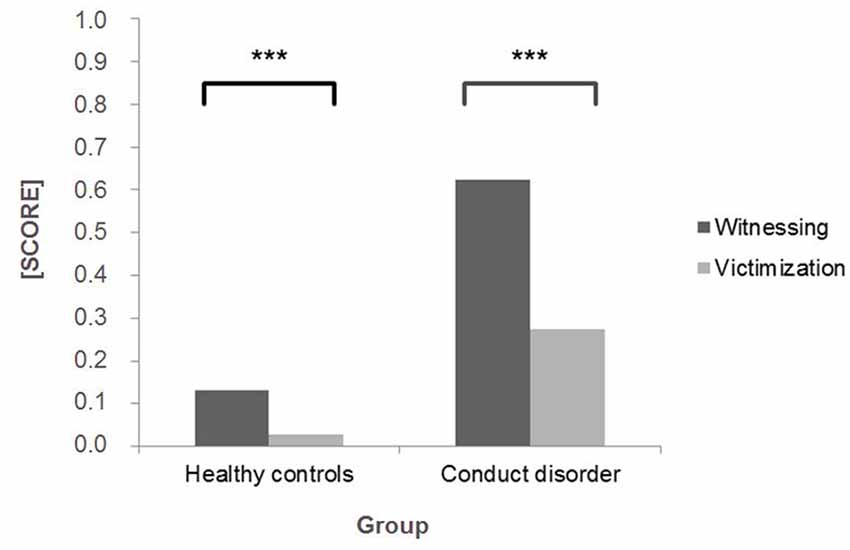Conduct Disorder, often abbreviated as CD, is a serious behavioral and emotional condition that affects children and adolescents. It is characterized by persistent patterns of behavior that violate societal norms, the rights of others, or established rules. This disorder can significantly impact a child’s life, leading to difficulties in school, strained relationships with family and peers, and potential long-term consequences if left untreated. Understanding the causes, recognizing the symptoms, and exploring treatment options are essential steps in addressing this challenging condition.

Understanding Conduct Disorder
Conduct Disorder is more than just occasional misbehavior or defiance. It involves repeated actions that go beyond what is considered normal for a child’s age and developmental stage. These behaviors are often aggressive, destructive, or deceitful, and they can cause significant harm to others or property. The severity of the disorder can vary, but it typically manifests in early childhood or adolescence.
Types of Conduct Disorder
- Childhood-Onset Type: Symptoms appear before the age of ten and tend to be more severe. Children with this type often display high levels of aggression and may struggle with forming healthy relationships.
- Adolescent-Onset Type: Symptoms emerge during the teenage years. While still disruptive, this type is generally less severe than childhood-onset conduct disorder.
- Unspecified Onset: In some cases, there may not be enough information to determine when the symptoms began.
Causes of Conduct Disorder
The exact cause of Conduct Disorder is not fully understood, but research suggests that it results from a combination of genetic, environmental, and psychological factors. Identifying these contributing factors can help parents, educators, and mental health professionals develop effective strategies for intervention and support.
Genetic Factors
There is evidence to suggest that genetics play a role in the development of Conduct Disorder. Children with a family history of mental health disorders, such as mood disorders or antisocial personality disorder, may be at a higher risk. Certain inherited traits, such as impulsivity or difficulty regulating emotions, can also contribute to the onset of the disorder.
Environmental Influences
A child’s environment plays a critical role in shaping their behavior. Several environmental factors have been linked to Conduct Disorder, including:
- Family Dynamics: Dysfunctional family environments, such as those involving abuse, neglect, or inconsistent discipline, can increase the likelihood of developing Conduct Disorder.
- Parental Substance Abuse: Exposure to substance abuse within the household can create instability and model inappropriate behaviors.
- Poverty and Stress: Living in poverty or experiencing chronic stress can exacerbate behavioral issues and make it harder for children to cope with challenges.
- Peer Influence: Associating with peers who engage in delinquent or antisocial behavior can reinforce negative patterns of conduct.
Neurobiological Factors
Research has shown that certain brain abnormalities may contribute to Conduct Disorder. For example, differences in the structure and function of the prefrontal cortex, which is responsible for decision-making and impulse control, have been observed in individuals with the disorder. Additionally, imbalances in neurotransmitters, such as serotonin and dopamine, may affect mood regulation and behavior.
Symptoms of Conduct Disorder
The symptoms of Conduct Disorder can vary widely depending on the individual and the severity of the condition. However, there are common patterns of behavior that are characteristic of this disorder. Recognizing these symptoms early can lead to timely intervention and improved outcomes.
Aggressive Behavior
One of the hallmark features of Conduct Disorder is aggression toward people or animals. Examples include:
- Bullying, threatening, or intimidating others
- Initiating physical fights
- Using weapons to cause harm
- Being cruel to animals
- Forcing someone into sexual activity
Destructive Behavior
Children and adolescents with Conduct Disorder may engage in deliberate acts of destruction, such as:
- Setting fires with the intent to cause damage
- Vandalizing property
Deceitful Behavior
Lying, stealing, and other forms of dishonesty are common among individuals with Conduct Disorder. Specific behaviors might include:
- Breaking into homes, cars, or buildings
- Shoplifting or stealing from others
- Frequently lying to obtain goods or favors
Violation of Rules
Children with Conduct Disorder often disregard societal norms and parental expectations. This can manifest as:
- Skipping school before the age of thirteen
- Running away from home overnight
- Staying out late despite curfews
Treatment Options for Conduct Disorder
Treating Conduct Disorder requires a comprehensive approach that addresses the underlying causes of the behavior while teaching the child healthier ways to cope with emotions and interact with others. Early intervention is crucial, as untreated Conduct Disorder can lead to more severe problems later in life, such as antisocial personality disorder or involvement in criminal activities.
Behavioral Therapy
Behavioral therapy is one of the most effective treatments for Conduct Disorder. This form of therapy focuses on identifying problematic behaviors and replacing them with positive alternatives. Techniques used in behavioral therapy include:
- Cognitive Behavioral Therapy: Helps children recognize and change distorted thinking patterns that contribute to their behavior.
- Parent Management Training: Teaches parents strategies to manage their child’s behavior effectively and promote positive interactions.
- Social Skills Training: Assists children in developing better communication and problem-solving skills to improve relationships with peers and authority figures.
Medication
While there is no specific medication approved solely for treating Conduct Disorder, certain medications may be prescribed to address co-occurring conditions, such as attention-deficit/hyperactivity disorder or mood disorders. Medications commonly used include:
- Stimulants to reduce hyperactivity and impulsivity
- Antidepressants to manage symptoms of depression or anxiety
- Mood stabilizers to regulate extreme mood swings
Family Therapy
Family therapy can be an invaluable component of treatment for Conduct Disorder. By involving the entire family, therapists can identify and address dynamics that may be contributing to the child’s behavior. Family therapy aims to:
- Improve communication between family members
- Enhance parenting skills and consistency in discipline
- Create a supportive home environment that fosters positive change
School-Based Interventions
Schools play a vital role in supporting children with Conduct Disorder. Teachers and counselors can implement interventions to help students succeed academically and socially. These interventions may include:
- Individualized education plans to accommodate learning needs
- Behavior modification programs to reinforce positive behavior
- Peer mentoring or group activities to build social connections
Residential Treatment Programs
In severe cases where outpatient treatments have not been successful, residential treatment programs may be recommended. These programs provide structured environments where children receive intensive therapy and support. They focus on helping individuals develop self-control, empathy, and responsibility while addressing any underlying issues contributing to their behavior.
Challenges in Treating Conduct Disorder
Treating Conduct Disorder can be challenging due to several factors. First, many children with the disorder resist seeking help or participating in therapy. Second, families dealing with Conduct Disorder may face stigma or lack access to resources. Finally, the presence of co-occurring disorders, such as substance abuse or learning disabilities, can complicate treatment efforts.
Importance of Early Intervention
Early identification and intervention are key to improving outcomes for children with Conduct Disorder. Parents, teachers, and healthcare providers should work together to monitor behavioral changes and seek professional help when necessary. With proper support and treatment, many children with Conduct Disorder can learn to manage their behavior and lead fulfilling lives.





